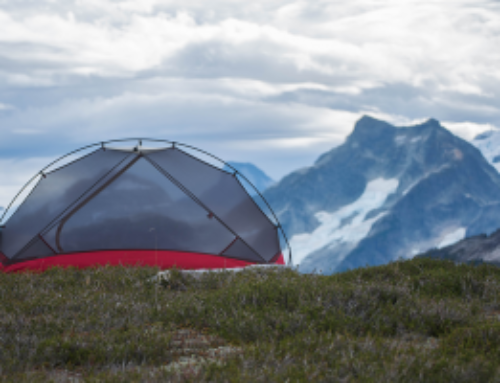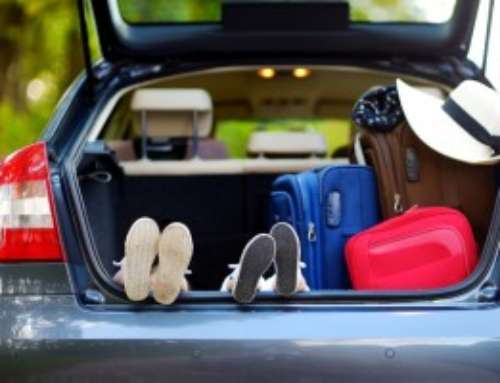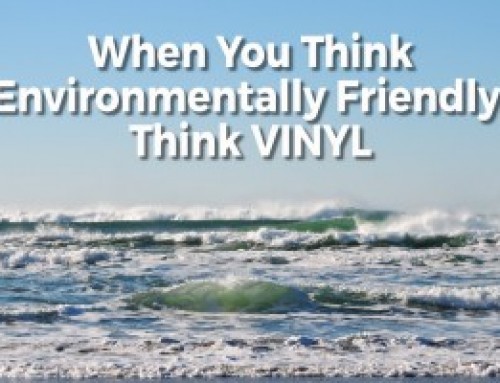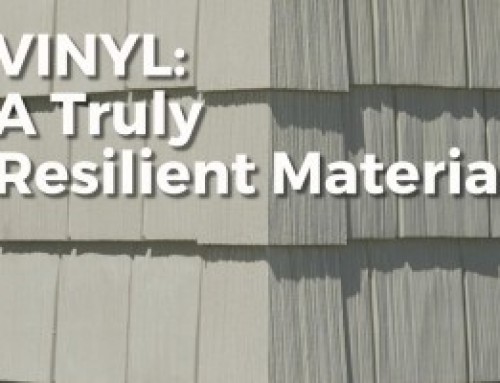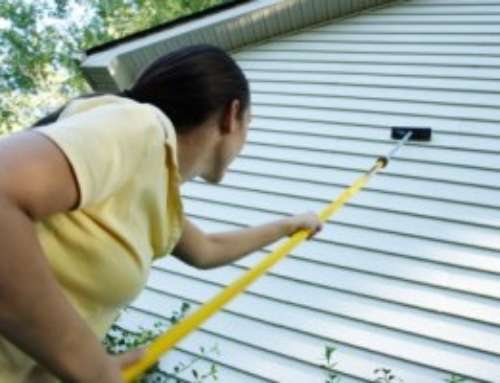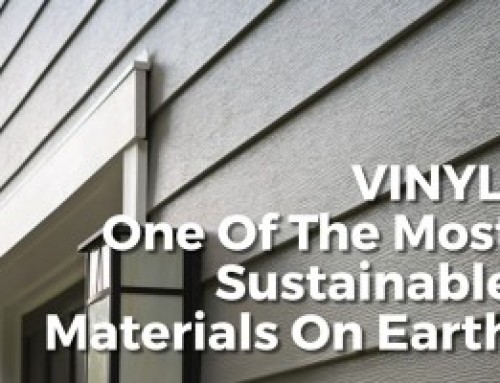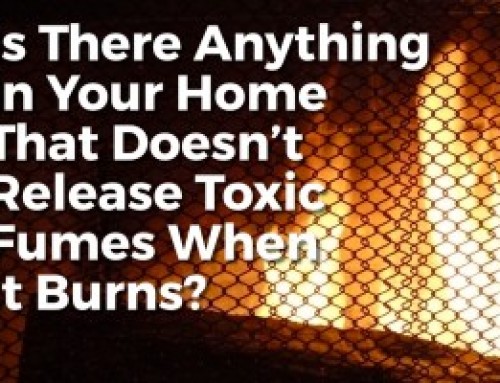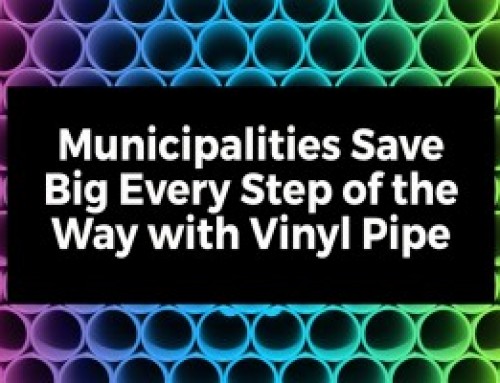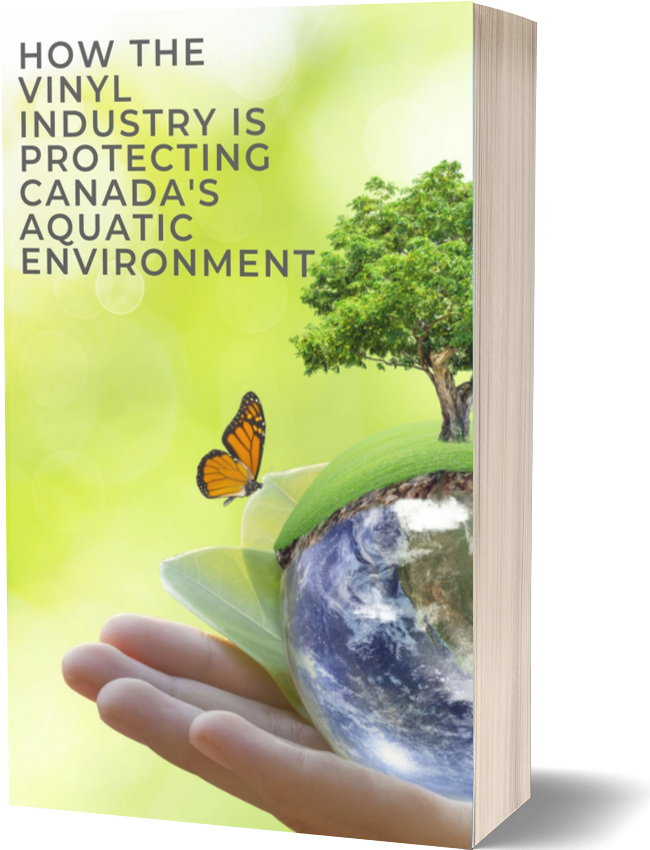Over the past two decades, homeowners, designers, builders, and remodelers frequently chose vinyl siding on its own and in combination with brick, stucco, stone, and even other styles of vinyl and polymeric siding for its durability, architectural flexibility, low maintenance, and performance. It has the lowest installed cost of any exterior cladding; never needs painting or caulking; can be cleaned with just a garden hose, long-handled bristle brush and soapy water; and vinyl and insulated siding consistently rank among the highest return on investments for remodeling projects.
Even with vinyl’s ever expanding popularity and multiple advantages, there are still more attributes that are not well known about this versatile plastic; for example, vinyl’s fire retardant properties in siding and many other building applications. Following are facts about a number of building materials as you evaluate your next cladding project, along with references to the wildfires in Fort McMurray – not only a natural disaster of catastrophic proportions, but one which has helped to explain vinyl’s performance compared to other materials in such disasters. Click here to read about the substantiated facts on fire safety, residential construction considerations, and how vinyl siding meets not only national building codes, but Fort McMurray and Alberta building codes as well.
Fire safety characteristics of vinyl siding
- Vinyl, also known as PVC or polyvinyl chloride, starts with two simple building blocks: chlorine (57%) from common salt and ethylene (43%) from natural gas. While all organic materials (that is, anything containing carbon) will ignite if exposed to a high enough temperature, vinyl siding is more difficult than many other building materials to ignite due to its chlorine base. This means vinyl siding won’t ignite, even from another flame, until it reaches about 387°C (730°F), and won’t self-ignite until 454°C (850°F). Those ignition temperatures are significantly higher than common framing lumber, used in almost all Alberta homes, and wood exterior wall covering, which ignites from a flame at 260°C (500°F) and self-ignites at 410°C (770°F).
- Even if ignited, vinyl siding burns more slowly than wood. (A detailed explanation on ASTM E84 test methods and results can be found here.)
- Tests show that vinyl siding needs unusually high amounts of oxygen to burn and stay burning. It will not independently sustain combustion in air with a normal concentration of oxygen (about 21 percent) — so it extinguishes relatively easily.
Residential construction considerations
- All combustible materials will burn, especially wood; the difference is only a matter of degree, and it is often not as great a difference as one might suppose.
- That said, claddings of any type are rarely a factor in residential fires. Less than 4 percent of all residential fires start on the outside of the structure, but do not necessarily originate with the exterior cladding. Fewer than 2 percent of house fires originate with the exterior wall surface, and fewer than 3 percent of all fires go beyond the structure of origin. The most common areas that produce fires are the kitchen, bedroom, and living room, and most fires (69 percent) never leave the room of origin.
- No matter the cladding, it is typically found that the underlying material, including water resistive barriers and combustible sheathing, plays a significant role in fire spread. This is not unique to any particular type of sheathing; both traditional and modern materials can contribute to fire spread.
- Because house fires can and do happen, a focus of residential construction needs to be limiting the spread of fire to critical areas, such as eaves, which may allow fire to spread from the exterior wall to the attic.
- The sensible and rational approach would be to “harden” the interface between the exterior wall and the attic, so that fire cannot spread so readily into the attic. This would be consistent with the overall fire protection strategy for combustible buildings, which is to compartmentalize fire so that it cannot readily spread to different areas of the building.
- The focus should not be on limiting the design choices and affordability of exterior wall materials, but on developing construction assemblies that limit spread of any exterior fire into the attic, while still providing necessary functions such as ventilation.
Code considerations
- The Alberta Building Code allows vinyl siding to be a part of a fire rated assembly approach because vinyl siding does not contribute to the growth of a fire.
- Due to its fire-retardant properties, vinyl siding is approved by Underwriter Laboratories in a wide variety of fire-resistive wall assemblies. It is one of the few materials that meet the National Fire Protection Agency requirements for insulating electrical and data transmissions. In fact, PVC first came into popular use as a fire-safe means of insulating residential wiring. Millions of homes across the country have been using safe, vinyl-sheathed wiring for years.
- Vinyl siding is recognized in the Alberta Building Code for its fire safe characteristics – meaning it can be used within wild fire prone regions as part of fire resistive assemblies. In fact, in both the commercial and residential sections of the Alberta Building Code, vinyl siding can be used, even in high density settings, as referenced in sections 9.10.15.5 and 3.2.3.7. Many vinyl siding products are able to meet the stringent flame spread requirements of less than 25 – this speaks directly to the good fire safe characteristics of the product.
- Vinyl siding is allowed for use even in the most severe risk conditions as determined by the International Urban-Wildland Interface Code (a code used for communities dealing with wildfire risk).
- In addition, the International Wildland-Urban Interface Code – the most widely recognized building code for use in wild fire prone regions – allows vinyl siding under all conditions with certain performance requirements. In certain risk zones, the code allows vinyl siding so long it is a part of a 1-hour UL E119 rated assembly and can exhibit a flame spread index no greater than 25.
Moving forward
Using a performance-based approach with vinyl siding can ensure products and building systems meet and deal with the risk, while still providing the superior performance. The facts unequivocally show vinyl siding to be a safe cladding option.
Our industry has been active in Fort McMurray and Alberta for decades, not just as siding on homes, but by providing jobs – it’s manufactured in Alberta – and we look forward to continuing our partnership in these difficult times as the town rebuilds.


